Welcome to WordPress. This is your first post. Edit or delete it, then start writing!
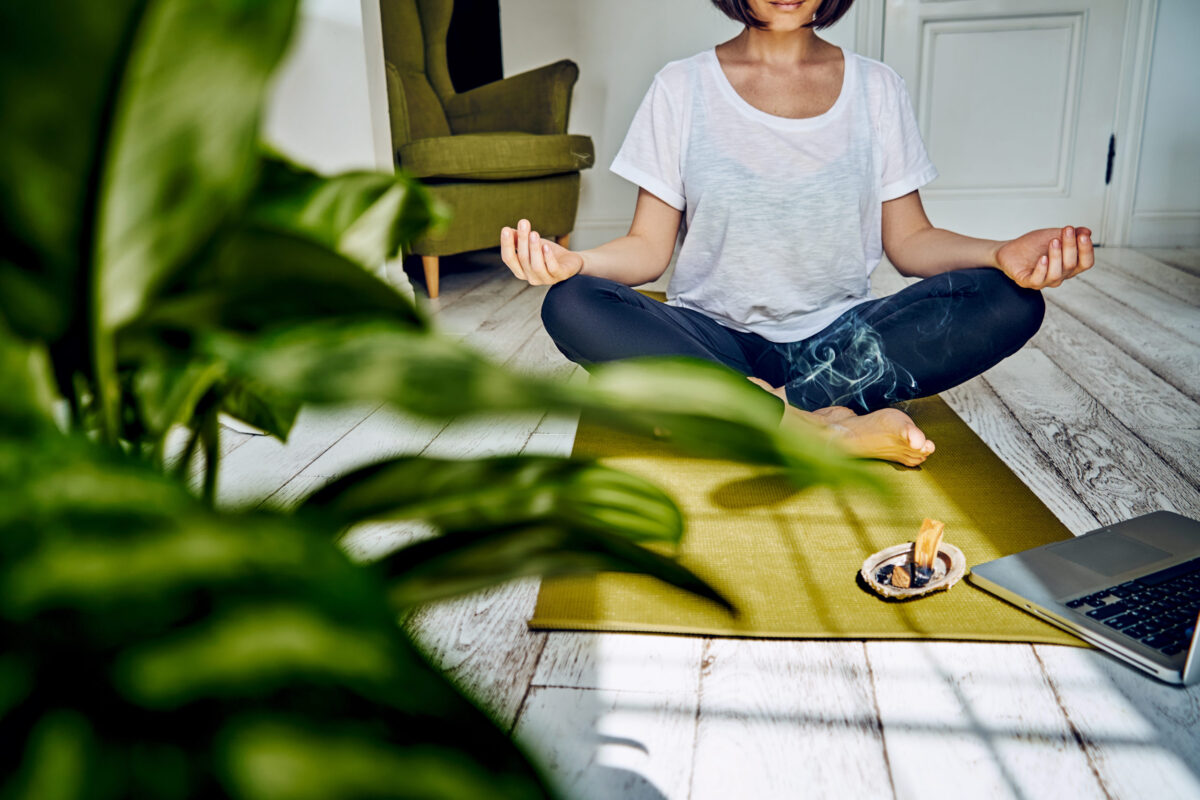
Help spread mindfulness and uplift communities- Sponsor a TMC Educational Diversity Scholarship today!

Welcome to WordPress. This is your first post. Edit or delete it, then start writing!

As a licensed clinical psychologist, I’ve learned various types of psychotherapy. One size does not fit all when it comes to one’s well-being. The beauty of therapy is helping people to discover their voice, increasing self-awareness, recognizing the choices one has in life, and finding joy. Mindfulness allows us to find joy in the most “ordinary” places. The flow of the breath becomes a constant reminder of gratitude and nourishment. Interactions with others, walking to the car, eating food… greater appreciation is derived from what at first glance appears to be the mundane of everyday life. Mindfulness offers us this gift.
When I was learning how to implement mindfulness-based psychotherapy, my mentor told me “you can’t possibly teach others to be mindful, if you aren’t practicing yourself.” That one statement started me on a journey that I had never anticipated. For me “mindfulness” isn’t a technique that one can learn after 5 minutes from a phone app, it is a fundamental shift in the way one views life. Once I realized how impactful a mindfulness practice was, I wanted to bring that focus into my therapeutic work. The untrained mind will ping pong back and forth from future worries to past regrets. This means the sweetness of the moment, the experience of life unfolding in front of us, is lost. From my mindfulness practice, I have realized the profound impact that mindfulness has on both my personal and professional relationships. When a person truly knows that you’re present with them, connection is fostered. Also, there are many physical benefits to a mindfulness meditation practice: reduction in stress hormones, a rebalancing of neurotransmitters, improvements in digestion, positive changes in the brain structure, support for the immune system (please see“In the Flow” by Deborah Norris, Ph.D. for further information). For these reasons and many more, I focus on providing mindfulness-based psychotherapy.
My training has involved learning and practicing Acceptance and Commitment Therapy (ACT), Cognitive Behavioral Therapy (CBT), Mindfulness-Based Stress Reduction (MBSR), and Interpersonal Psychotherapy, among others. When it comes to therapy in general, it’s important to find a good fit. Each therapist will bring their own style and training to the sessions. Ask questions. Get a sense of the therapist’s approach and notice how their explanation of their therapeutic work does or does not resonate with you. Some therapies involve more active skill building, others are more focused on past life events. The type of therapy that a person needs at a given time can depend on their life situation. While psychologists are experts in certain therapeutic interventions, you are the expert of your life, so part of finding a good therapist is having a sense of what you’re looking to gain from therapy.
Mindfulness spoke to me. I have appreciated the focus, clarity, and gratitude that it has brought to my therapeutic work as well as overall well-being. If you’re interested in learning more about Mindfulness-based psychotherapy, please schedule a free 15 minute phone consultation with me, Dr. Amanda Skowron, licensed clinical psychologist at The Mindfulness Center.

Dr. Amanda Skowron is a licensed clinical psychologist who is passionate about breaking down the stigma of therapy and helping people understand that seeking therapy is about health and wellness. Dr. Skowron works as the Community Director at The Mindfulness Center in Bethesda, MD bringing mindfulness into corporations, schools, and healthcare settings. In addition to The Mindfulness Center, Dr. Skowron is a psychologist at Mind Body Health in Arlington, VA where she provides mindfulness-based psychotherapy.
Prior to joining The Mindfulness Center, Dr. Skowron was part of a clinical care team at Casey Health Institute (now CHI Health Care) an integrative primary care office in Gaithersburg, MD. Her work at the integrative center helped clients to better understand the interplay of one’s physical and mental well-being. Dr. Skowron ran the Mindfulness programming at CHI. Dr. Skowron had also previously worked as a staff psychologist at the University of Maryland. She completed a postdoctoral fellowship at the University of Pittsburgh where her training focused on stress management techniques. Dr. Skowron graduated from the University of Pittsburgh with a Bachelors of Science degree in psychology and sociology. She received both her Masters and Doctoral degree from the APA-Accredited clinical psychology program at La Salle University in Philadelphia where she served as Chief Extern. Dr. Skowron has extensive specialized training in mindfulness-based therapeutic techniques. She has conducted research on mindfulness and published articles about postpartum depression. Her passion is to work with a clinical focus on prevention and wellness.

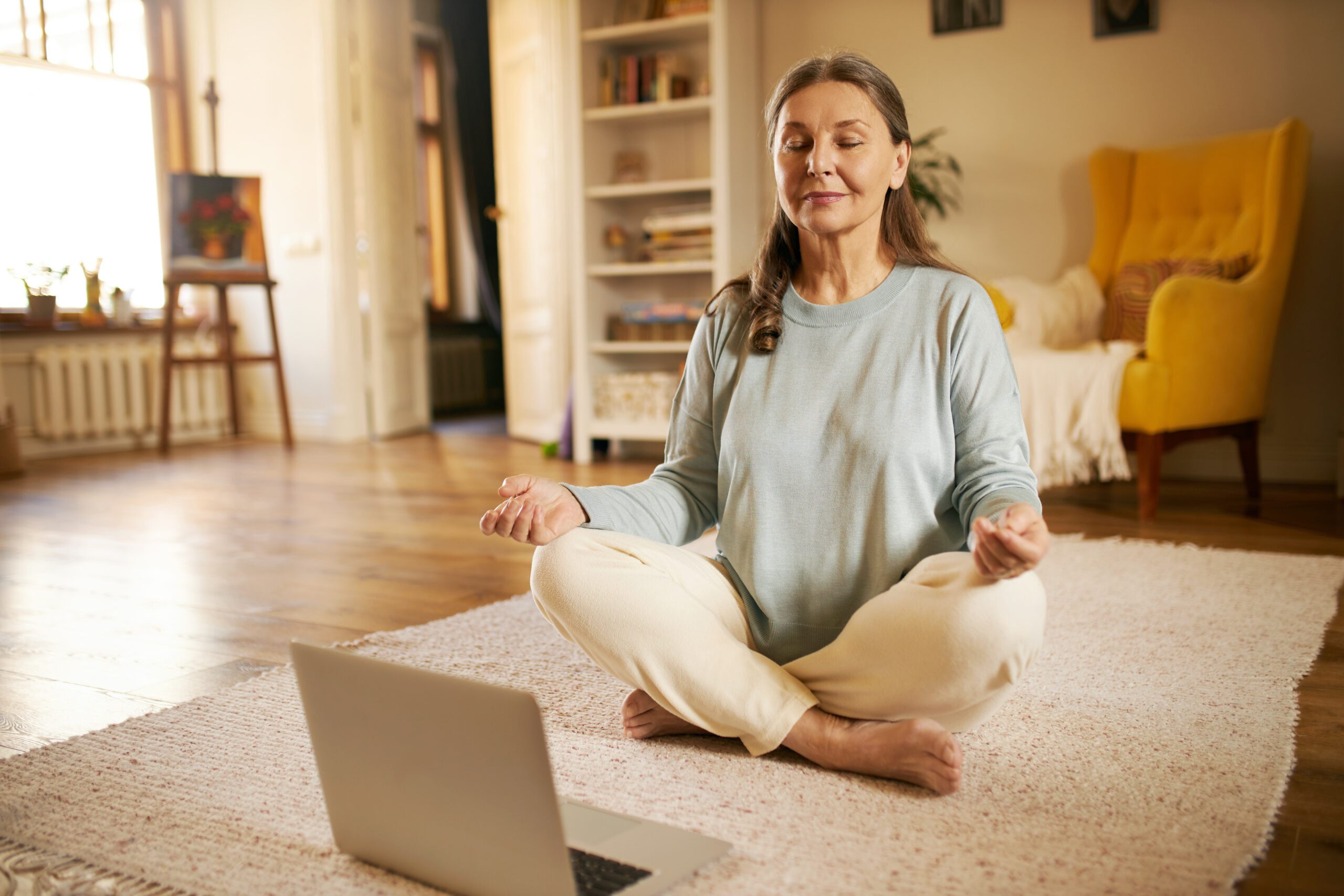
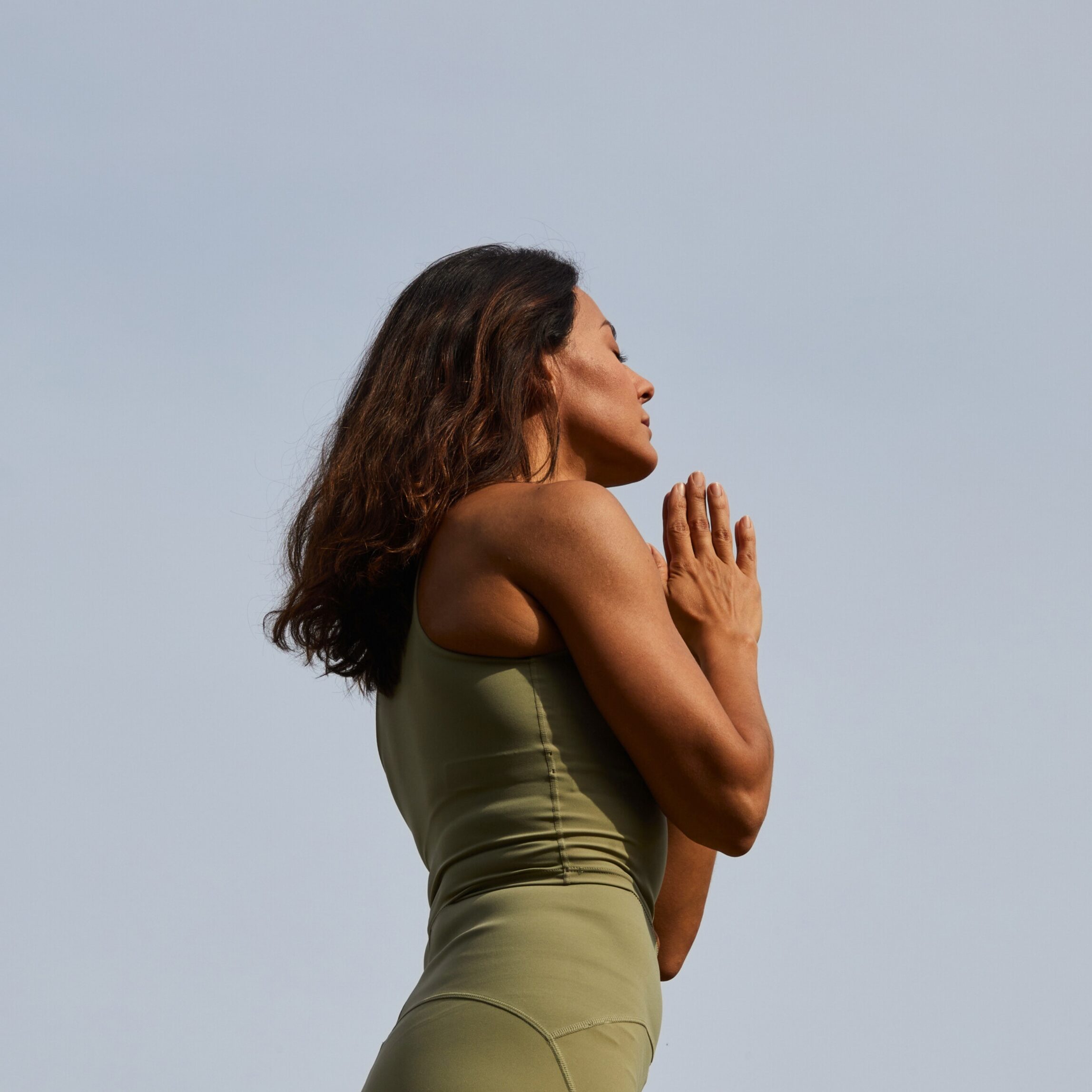




There’s a Buddhist saying that “Life is suffering.” I like to look for exceptions to this rule. Maybe that’s why they say it; to get us to appreciate the opportunities when we are not suffering. I’ve had my share of suffering; and I’ve had many opportunities to find my way out of the suffering. I have my own saying, “You are either encountering resistance or sliding into bliss.” The key to finding my way out of suffering has been learning the various ways around, through or of letting go of resistance. Resistance is the suffering. When you can learn to let go of resistance, you will know how to relieve suffering. The key to my good health, great relationships, wonderful family, and work that completely inspires me has been learning to use resistance to my advantage and let go of suffering.
The truth is, things change. Like the flow of time itself, change is constant. Days come and go. Seasons cycle. Years come and go. Lifetimes pass. With these cycles of time, things change. The body has many wonderful mechanisms for adapting to change. Our hormones shift. Our metabolism increases and decreases. Even our genes can experience epigenetic changes during our lifetime in response to changes in our environment.
The human body is built for adaptation to extreme change. We are also designed to appreciate comfort, and when we find a comfortable situation, we are hesitant to let it go. And yet sometimes we seek out challenges. We play sports, we pursue degrees, we climb mountains, and we explore other adventures. It is these challenges that build our resilience and teach us about using resistance for growth and self-development.
The key, then, to relieving suffering is learning to identify “resistance”, so that we can use it to our advantage. Resistance takes many forms, particularly emotional resistance. However, physical and emotional resistance are intertwined, and accepting that perspective enables one to more readily identify all forms of resistance. A familiar example of physical resistance is the physical resistance we encounter when lifting weights, a simple analogy, that also shows us the potential for using resistance to make us stronger. By challenging ourselves with physical resistance, we actually grow stronger and capable of dealing with greater levels of resistance, as our body adapts and grows.
A similar sort of growth occurs when one is challenged with emotional stressors. One of the factors required for the development of emotional resilience is encountering some form of stress. Another requirement for the development of resilience is adequate support in releasing stress following a traumatic event. Without adequate social or emotional support, traumatic experiences may result in post-traumatic stress disorder (PTSD) – a situation in which the distress of the event persists well after the event is over. For example, children who encounter traumatic experiences, and who have caring support from people in their lives who give them a safe place to recuperate, are the ones who become resilient. However, children who experience a stressful experience but do not have social and emotional support become traumatized and may suffer from PTSD. The key to adequate support is the ability to feel safe. And here again we have a sensation with both physical and emotional components.
The physical sensation of resistance is the sense of tightening, drawing in, or tension. The physical sensation of safety is the ability to let go, expand, or release. If I suggest that you make a tight fist with your hand, and you do that, you will experience the tightening, clenching and tension in your hand. We have a natural reflex to flinch or contract when we are startled or stressed. Alternatively, if I suggest that you let go of this tension and release the hand, it will readily reopen and even relax. We have a natural tendency to let go when we feel safe. We use our hands a lot, and have not only refined the muscles in our hands, but also the neuro-muscular connections that allow us to coordinate a mental intention to let go with a muscular response that resembles release and results in the opening of our hand.
Another sense of physical resistance is the tension that we hold in the back of our legs. Reach down to touch your toes and you may readily experience the resistance in your hamstrings or back. We have lost the ability to coordinate our mental intention to let go of the tension in our low back or legs. We may even develop pain in our low back or our hips. Practice makes perfect, and by practicing this stretch, we cultivate the coordination to release this tension. We become more flexible, and less tense or stressed. The same is true of all forms of resistance in your body and in your life.
First, find the physical resistance. Where do you experience the physical tension associated with stress? In your shoulders or back? Perhaps in your jaw, or do you get a headache when stressed? For some it is the heart that beats more quickly during times of stress, while others get an upset stomach from digestive tension. Some people have multiple sensations of tension at once. When you have located the physical tension, the actual physical basis for any emotional suffering, practice cultivates the capacity to coordinate and release the tension of resistance.
When change happens gradually, we may either continually let go in gradual increments, or we may tighten and tense in resistance to the change. When sudden changes occur, eliciting the reflexive startle response and accompanying tension, we also have a choice of practicing awareness of the physical sensations of this tension, such as pain or grief. With practice we can cultivate the capacity to coordinate the release of this tension, which is the physical basis for any emotional suffering. We get in the habit of holding tension associated with trauma, because we have not found a safe space to turn inward and let go. Of course when we do turn inward, what we will find is the physical pain of suffering. Here is where we have a choice. When we are afraid of our pain, we annihilate the sense of safety that is requisite for releasing pain. When we embrace our pain compassionately, as an intrinsic part of being mortal, and honor the senses of our body, even the sense of pain, then we can cultivate the capacity to control and of course release the suffering of pain. It is by embracing all of our sensate experiences, even the sensations of pain and suffering, that we release resistance to healing and begin again that slide into bliss.
Yogis have known for millennia that suffering is held in the tensions of the body, and that through the stretches and asanas of yoga, we can release tension and suffering, thus restoring the slide into bliss. This is the main reason that the popularity of yoga practice has persisted over thousands of years. As a yogi, I can tell you; yoga relieves suffering and enables bliss.
A note on breathing: Yogis and mindfulness experts alike will also tell you that breathing deeply and freely is an integral part of the practice. We let go on the exhale. The infamous “sigh of relief” is evidence of the pleasurable feelings of letting go that we feel when we let out the breath. The gasp of fear is evidence of the tension we experience when startled or hurt. It makes sense that the exhale is the release of that tension.
The key to relieving any kind of suffering is to note the sensate experience of suffering in your body. It will feel like the tension of resistance. When you encounter this suffering or pain within, embrace it with an exhale. Breath out. Gradually cultivate awareness to self-regulate this tension and the capacity to coordinate the release. Let go as you exhale. Continue this practice. You are now releasing resistance and sliding into bliss. Keep going. Enjoy the journey!

In 1996, Debbie was diagnosed with severe fibromyalgia, which left her in chronic pain; doctors said there was no cure and nothing could be done. Debbie, a research scientist, began researching the underlying causes of her condition and took up practices to reverse these causes. Debbie began doing things to gradually increase her physical, mental and emotional well-being, including gentle yoga for the physical pain, nutritional changes to increase her energy and meditation to relieve stress. By incorporating these practices, Debbie reversed her condition and returned to an active, healthy life. After an accident in 1999, Debbie suffered a traumatic brain injury and was diagnosed with seizures, impaired vision and chronic headaches. Once again, Debbie researched ways to heal herself using mind and body practices, and once again, Debbie was able to heal herself and live a healthy life free of seizures and pain. In her practice, Dr. Norris draws on both her scientific research and ancient wisdom to integrate lifestyle elements of meditation, physical exercise, spiritual development, relaxation therapy, nutrition and herbs for maximal health and happiness!
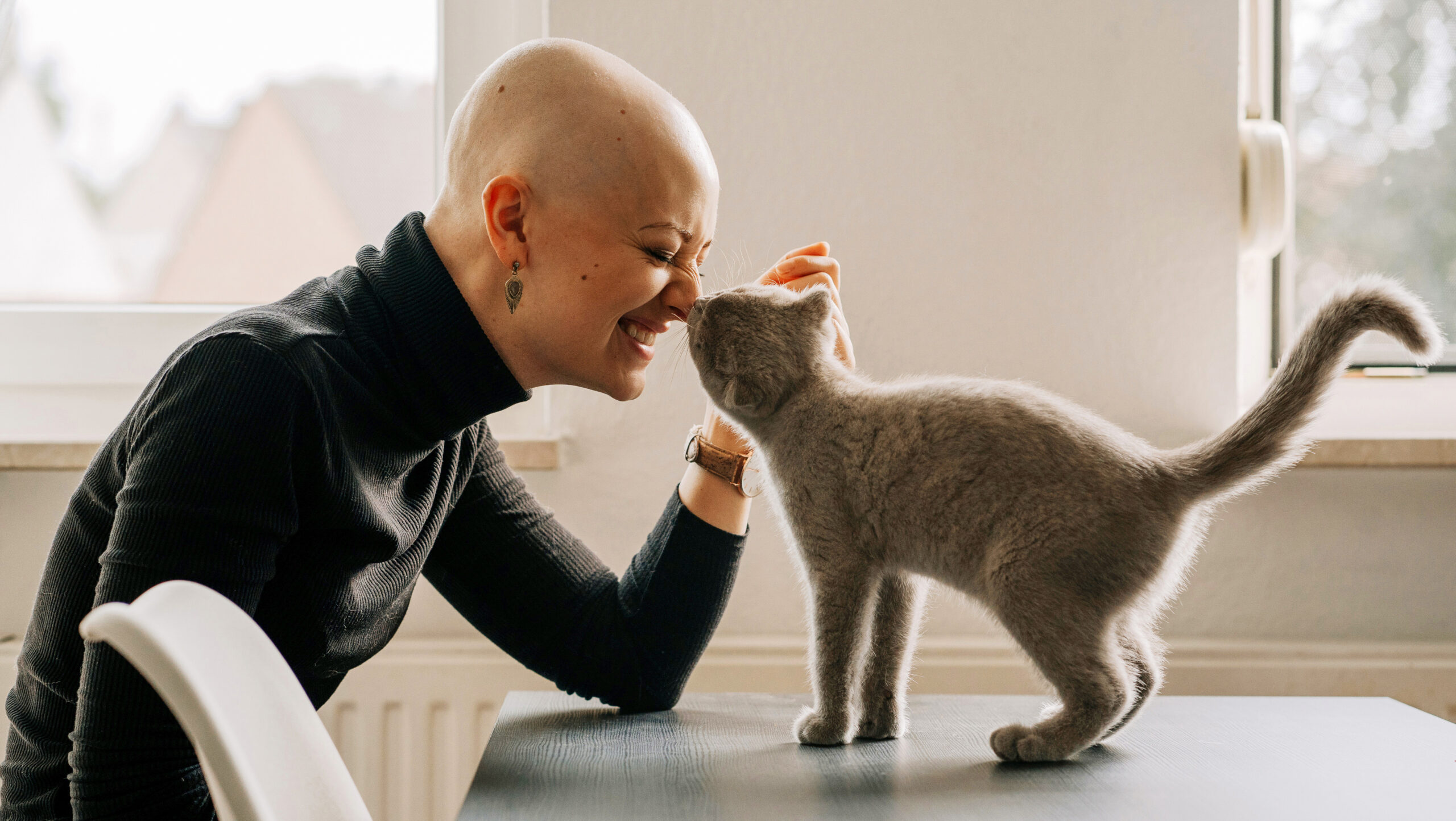
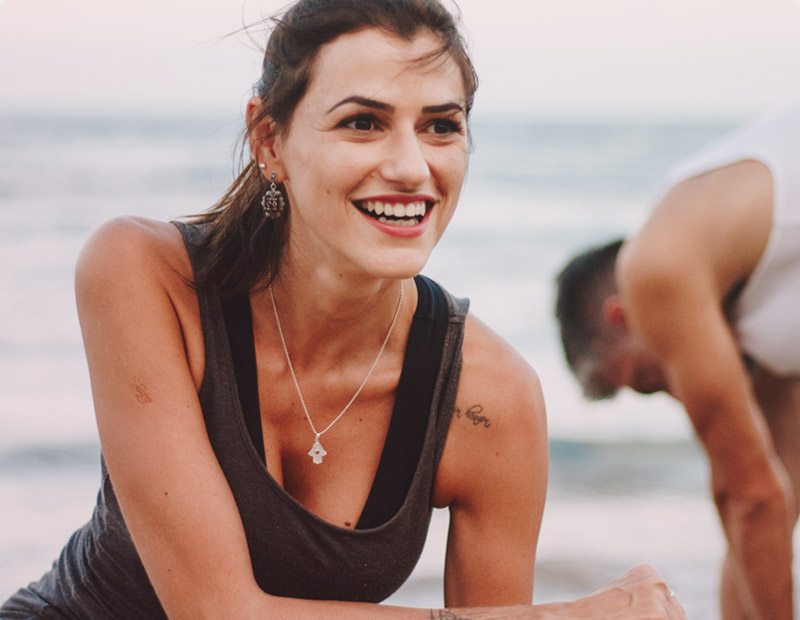




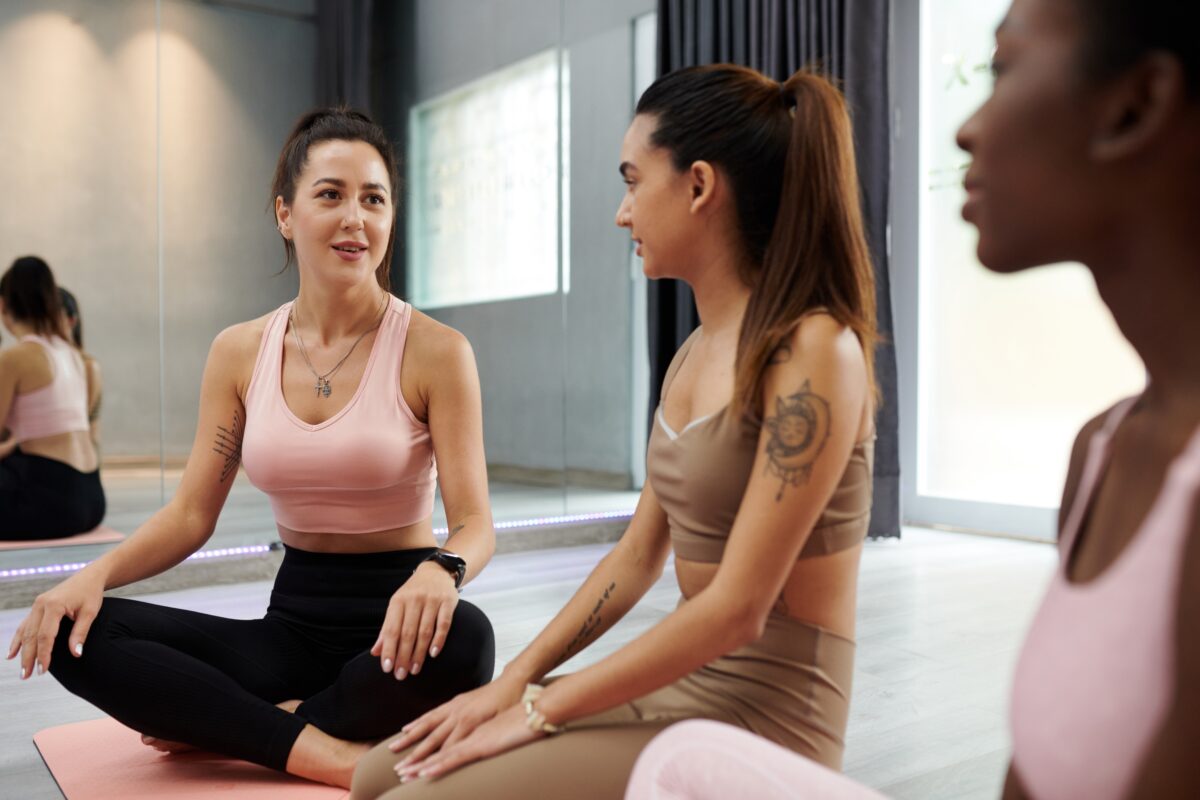
Dear Yoga Teachers,
As teachers, we use words as a primary tool for conveying information to our students. As yoga teachers, awareness of prana is integral to the practice that we teach. Therefore, it is important that we understand the prana of the words we use in teaching. Words are a way of sharing energy with others, and of changing others energetic state. Words can be used to either close the heart or open it, or to close the mind or to open it. Since yoga is the practice of opening the mind, heart and body to connect, ours is a job of sharing this gift of an open energetic state. The words that flow from us in this open state are the key tools that we use to share the teachings of yoga.
We are all aware of the power of words to affect people emotionally, and alter our state of being. You’ve felt it when someone was critical of you or said, “hurtful” words. And you’ve felt it when people have said kind words to you, words that “made you feel good”. These shifts in emotional state are accompanied by actual shifts in our energetic state – part of what yogis refer to as “prana”. Most of us are aware that our biochemistry reflects our emotional state. However, as a scientist at the Veteran’s Affairs Medical Center, I measured changes in the electromagnetic fields of the body reflecting shifts in mood, sensations, and states of consciousness. Shifts in our energy fields can be extremely sensitive and reactive to environmental influences. Words can stop us dead in our tracks, leave our hearts pounding, or they can invite us and empower us towards growth, connection and greater self-awareness. Words can also have subtle effects, barely entering the consciousness of our students, yet helping them to balance, ground, connect or open deeper into their practice.
The words that we use while we are teaching yoga are as significant to our students as the postures and moves that we invite them to explore. It is important to choose words that meet the goals of yoga. Consider first what it means to teach yoga. Some of the concepts involve empowerment – empowering others on a journey of self-discovery. Yoga Alliance says yoga is “guidance for enriched living”, and “higher awareness and fulfillment”, “the complete experience of our essential Spiritual Self “, and Swami Ramananda says, “the science of self-mastery “. Mindfulness is also a part of yogic teachings. Jon Kabat-Zinn defines mindfulness as “paying attention in a particular way: on purpose, in the present moment, and non-judgmentally.” I define mindfulness as “a state of curious awareness of the experience of being”. Teaching yoga mindfully involves being aware of the effects of our words on the experience of our students, in order to facilitate greater awareness and fulfillment through their practice. We use our words to invite a curious state of awareness, as our students explore movements and sensation through their bodies.
Given that we are teaching others to become more aware of themselves and empowering a higher level of consciousness, it is important that we accept and invite our students to discover their own practice. It’s a fine line to recognize a student who doesn’t understand what you are suggesting, versus a student who is modifying their practice to suit their personal needs. It’s important to know the difference. If you are not sure, ask your student.
When I travel, I attend yoga classes wherever I go, exploring the different teachings and meeting other yogis. One of the phrases that I hear from novice teachers is “I want you to…” My recalcitrant brain responds in my head, “Who cares what you want. Aren’t I here to learn about my ‘essential Spiritual Self’?” Truly, what the teacher wants is not the point of a yoga class. The wants of our personal egos are best resolved on our own mats. Rather, use permissive language to invite students to follow along with your well-considered and knowingly inspired class. Our purpose is to invite the student to consider what they want to do, which requires the introspection we aim to teach. Permissive language further invites a sense of opening, curiosity, and self-awareness – and that is mindful yoga.
Hypnosis is a field that pays close attention to word choice. In hypnotherapy, words are the tools of the trade. Dr. William Kroger points out the great similarities between hypnosis and yoga in his seminal book on Clinical and Experimental Hypnosis in Medicine, Dentistry, and Psychology. What we learn in studying hypnosis is how to use words to alter someone’s state of consciousness and enhance their capacity to respond to suggestion. Without necessarily knowing it, effective yoga teachers have mastered the art of hypnosis, and similarly use that skill to enable transformation and enlightenment in their students. I have seen and taught classes with hundreds of people in them, with everyone in the room doing essentially whatever I suggest. The hypnotic trance of a good yoga class is truly a powerful tool, to be used humbly and consciously.
In addition to using permissive and inviting language, the following are some of the word tools to consider in effective mindful yoga. Remember, all words have a place and a purpose in our communication. The skill is in applying them with intention. Consider the energy of your words as you speak. This is an essential part of effective yoga teaching, and a practical part of all communication.
Consider the analogy of the pothole. We want to know that the pothole is there, and to stay focused on the path around it. The same is true in yoga. We want our students to be aware of misalignments, and stay focused on the path to success. The most powerful way to guide your students safely and effectively is to use words to guide them by suggesting what to do.
When a teacher suggests that students drop a body part, students miss the opportunity to enhance interoceptive connection along neural pathways between mind and body. Another reason to mindfully place body parts, rather than dropping them, is that muscles grow during the “eccentric” or “negative” phase of physical movement. When we place rather than drop a body part, we engage the muscles to develop coordination. When you tell your students to “place” their knee on the floor, or “lower” their hips, there is an element of intention – conscious focus – on moving the body. The conscious intention of placing a body part literally helps build nerve networks and muscles, cultivating coordination, self-regulation, and self-awareness.
Thank you for considering my words. All of our words make a difference and flow forth from our own energy. Note the words that you use in your own mind, and in your own practice. Your personal practice is the greatest teacher. When you are in the flow, your mind, heart and soul open and connected, then your words flow from that source and you share that energy with your students. All manifestation is a continuum of conviction. The conviction that you have will manifest in your students.
Most of all, thank you for sharing the wisdom of mindful yoga with others. I look forward to experiencing your class and your teachings! Namaste.

In 1996, Debbie was diagnosed with severe fibromyalgia, which left her in chronic pain; doctors said there was no cure and nothing could be done. Debbie, a research scientist, began researching the underlying causes of her condition and took up practices to reverse these causes. Debbie began doing things to gradually increase her physical, mental and emotional well-being, including gentle yoga for the physical pain, nutritional changes to increase her energy and meditation to relieve stress. By incorporating these practices, Debbie reversed her condition and returned to an active, healthy life. After an accident in 1999, Debbie suffered a traumatic brain injury and was diagnosed with seizures, impaired vision and chronic headaches. Once again, Debbie researched ways to heal herself using mind and body practices, and once again, Debbie was able to heal herself and live a healthy life free of seizures and pain. In her practice, Dr. Norris draws on both her scientific research and ancient wisdom to integrate lifestyle elements of meditation, physical exercise, spiritual development, relaxation therapy, nutrition and herbs for maximal health and happiness!
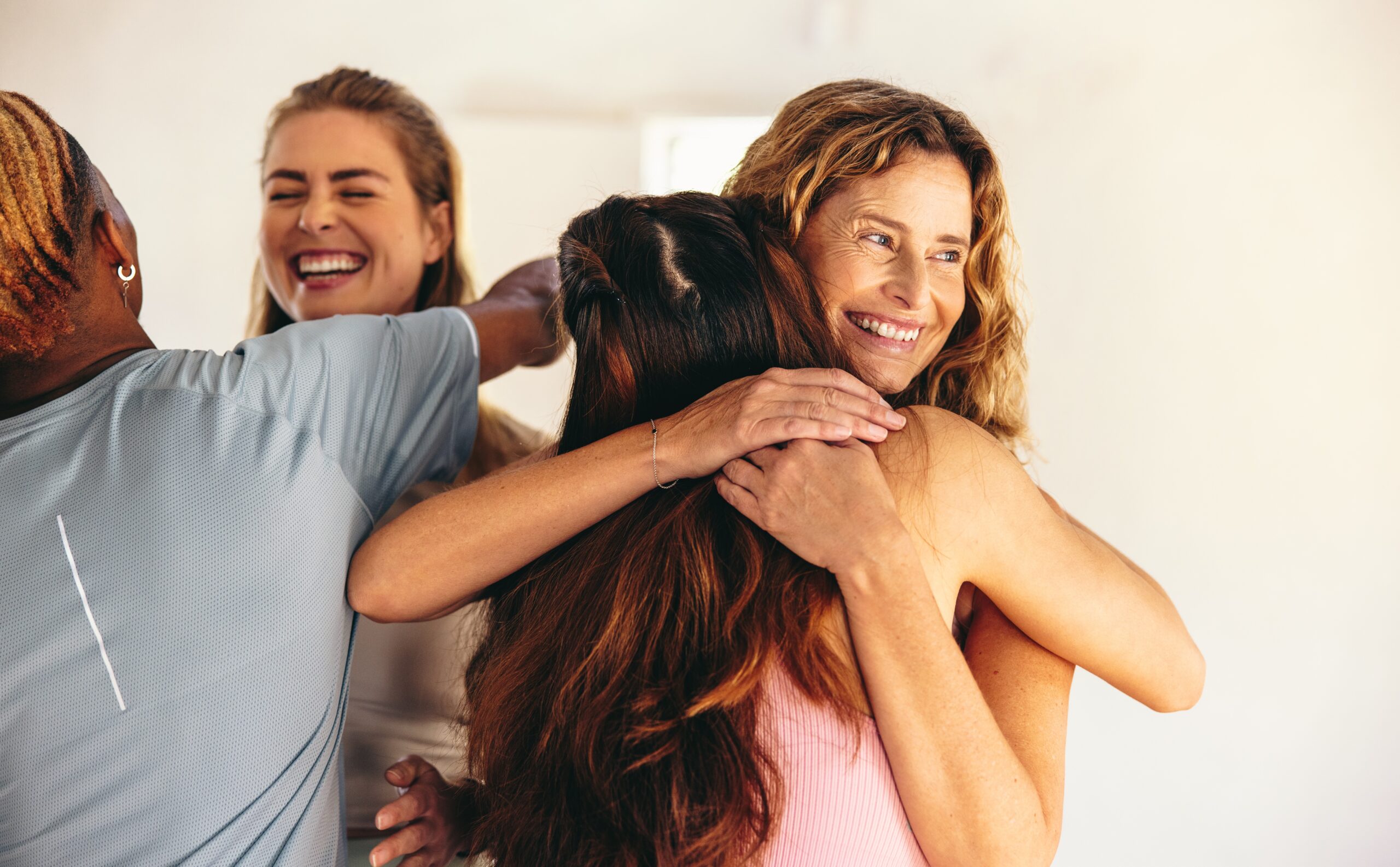
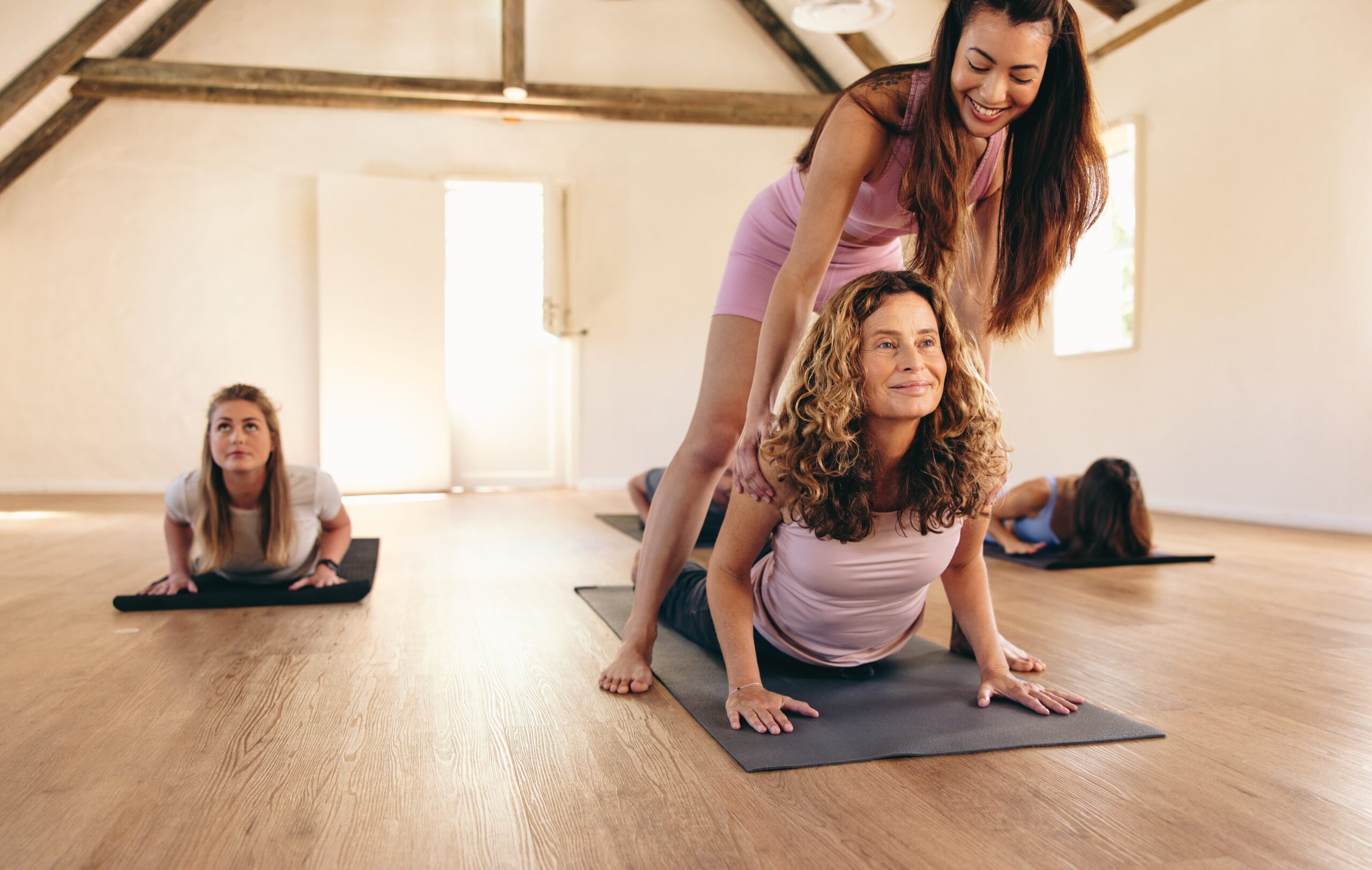




“When we drink a glass of water, and if we know that we are drinking a glass of water, if we’re concentrated on the fact that we are drinking water, mindfulness is already there. And the water drinking becomes deeper, truer, and real.” – Thich Nhat Hanh Everyone knows that water consumption is essential to good health. Despite knowing this, not everyone consumes the amount of water that is recommended or required for their body to function healthily. Drinking water is extremely important to maintain an optimal balance of body fluids and body weight. It is also important to keep skin vitalized and healthy looking and to fuel and energize your muscles. Lastly, it is important to stay hydrated to maintain the functioning of your vital organs. Without water, we can become constipated, develop kidney stones or have other functional issues with our organs. While it is crucial to drink the appropriate amount of water to stay hydrated, equally important is to refrain from drinking over your recommended daily amount as this could result in serious consequences to your health. Many assume that it is okay to drink copious amounts of water, but research as proven otherwise. Consuming too much water could result in the over-dilution of blood So, what is the appropriate amount of water? In the past, everyone has followed the rule of thumb: eight glasses of water a day. However, recent research has shown that there is no scientific backing for this rule. For this week’s challenge, consider modifying your water intake to the correct amount. The recommended amount of water to drink is half of your body weight in ounces. For example, if you weigh 150 pounds, it is recommended that you drink 75 ounces of water every day. Following is the formula to determine your optimal water intake:
Weight (in pounds) x 0.5 = water intake (in ounces)
Before starting, you may consider purchasing a reusable water bottle. Having a water bottle allows for easy tracking of water consumption. Additionally, it is a more sustainable way to drink water. Plastic bottles have negative impacts on the environment and increase the amount of landfill and pollution each year. Moreover, a chemical present in plastic bottles, called bisphenol A (BPA), also poses health and environmental risks. The use of BPA water bottles has been linked to heart disease, cancer and other health risks. So, when purchasing your reusable water bottle, be sure to buy a BPA-free plastic bottle, ceramic or metal bottles. Start off the next 14 days by increasing your water intake by 1 glass every day, until you reach your recommended amount. Once you reach your recommended daily amount (RDA), continue to drink this amount daily. If you have been drinking to much water, consider cutting back by a few ounces a day, until you reach your RDA. If you are having trouble increasing your daily amount, start your day off with a tall glass of water. Doing so kickstarts your digestive system and brain. It also hydrates you, and helps cleanse the body of toxins. Additionally, if you are having trouble cutting back, try sipping your water instead of drinking it in large quantities. You can also test out Mindful Drinking to level out your water drinking habits. Mindful Drinking is the practice of being aware of what you are drinking, the sensation of it entering your body, noticing the glass between your hands and the feeling of the water in your mouth. To drink mindfully, have a glass of water for yourself. Take a few deep breaths before starting. Take the glass into your hands and just hold it for a few minutes. Feel the coldness and the wetness of the water. Feel it sitting in the glass. Then, bring it closer to your mouth. Hold it there for a few minutes. Smell the water. Rub the glass gently along your lips. Put your lips on the glass, bring the water to your mouth, but do not drink. Take in the experience. How does the water feel on your lips? What temperature is it? Next, take a small sip of water, and hold it in your mouth without swallowing. How does the water feel? Move it around in your mouth, along your tongue, through your teeth. When you’re ready, swallow the water. Track its movement down into your stomach. How does it feel? Notice the sensations.

In 1996, Debbie was diagnosed with severe fibromyalgia, which left her in chronic pain; doctors said there was no cure and nothing could be done. Debbie, a research scientist, began researching the underlying causes of her condition and took up practices to reverse these causes. Debbie began doing things to gradually increase her physical, mental and emotional well-being, including gentle yoga for the physical pain, nutritional changes to increase her energy and meditation to relieve stress. By incorporating these practices, Debbie reversed her condition and returned to an active, healthy life. After an accident in 1999, Debbie suffered a traumatic brain injury and was diagnosed with seizures, impaired vision and chronic headaches. Once again, Debbie researched ways to heal herself using mind and body practices, and once again, Debbie was able to heal herself and live a healthy life free of seizures and pain. In her practice, Dr. Norris draws on both her scientific research and ancient wisdom to integrate lifestyle elements of meditation, physical exercise, spiritual development, relaxation therapy, nutrition and herbs for maximal health and happiness!

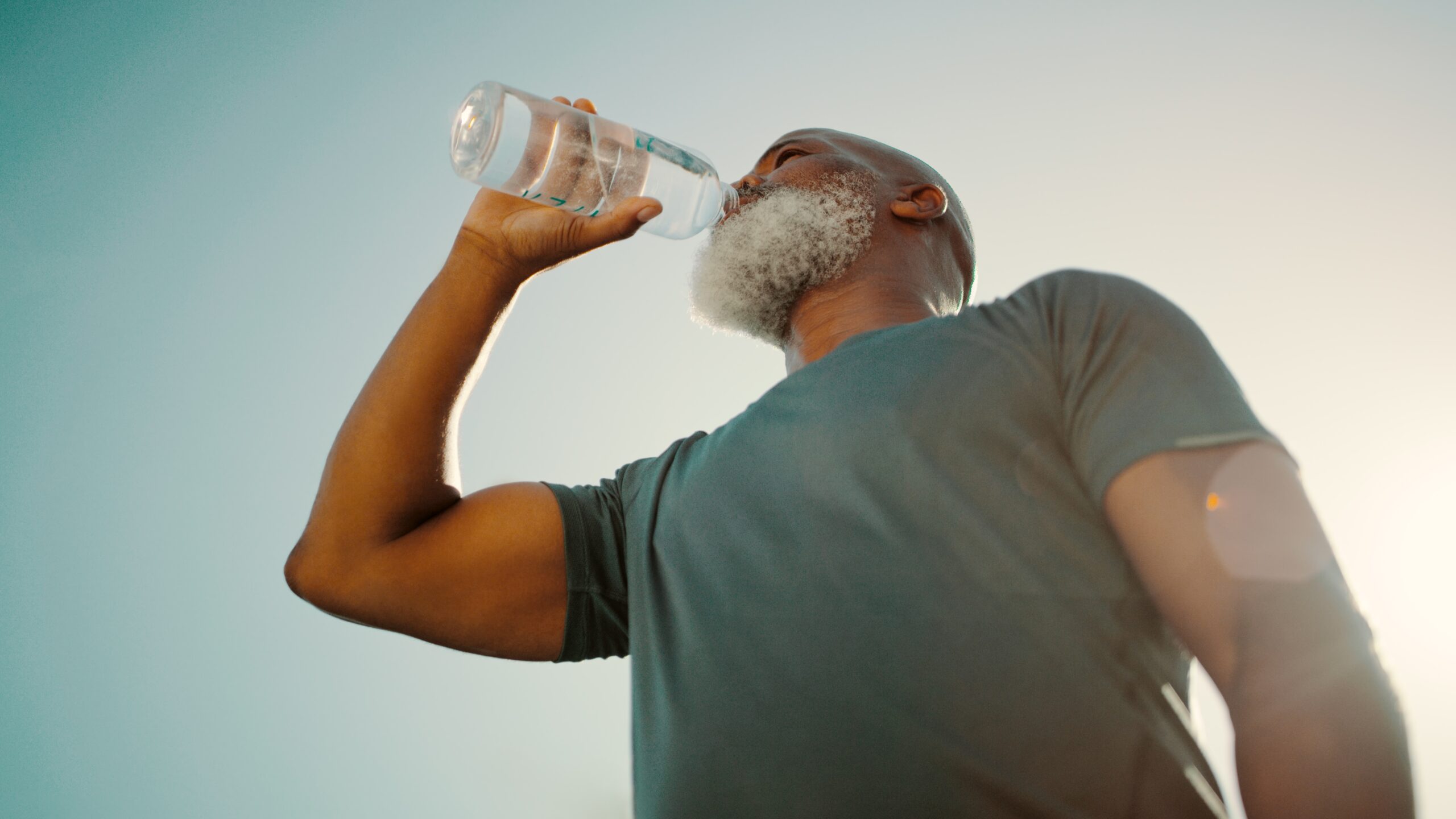





In the past few years, we have learned that meditation affects every system in our bodies, from our biochemistry to the structure of our brains, from our emotional well-being to our genes which underlies the very nature of our being. Decades of medical research singularly focused on the use of externally applied chemicals, known as medication development or drug research, has resulted in our losing track of what normally controls our internal functions and process. We’ve forgotten the role of our own actions and behavior in the regulation of our emotions and feelings, and ultimately our well-being. Most medical research over recent decades has been externally motivated. That is, it is not the people who need the treatments who are initiating the research. Instead, the drivers of medical research have been those who stand to make a profit off of the outcomes. Our curiosity has been singularly focused on drug development, which has been only one of the many possible areas of medicine. Our medical journals are filled with externally motivated observations on drugs. Our consciousness has been so singularly focused on observations about drugs, that taking a pill has become the first thought that enters our minds when we don’t feel well. This myopic approach to the very first step in the scientific process, “Make an observation”, has caused us to forget the reason that drugs are able to have any affect on the systems of our body in the first place. Drugs act on systems that exist in our bodies because these systems are already in place to be sensitive to changes in our environment. We are born with the ability to adapt our internal environment to compensate for the natural flow of changes that occur around us. We are surprised to learn that our own behavior can affect the nature of our being. We are suspect that our own actions can and do influence these systems that have been so thoroughly defined by their drug action. By ignoring the role of the self in regulating the internal systems, we have become ignorant of why these systems exist in the first place. We have forgotten that we are designed for self-regulation, and along with the lapse in our cultural awareness, we have forgotten how to self-regulate, until recently. A grass-roots interest in self-care practices is causing a shift in our cultural consciousness. In the past few years, mindfulness practices have exploded onto the covers of major newspapers and magazines and into our lives. Medical research journals have been infiltrated with studies on self-care rituals of meditation and yoga. We are once again reconnecting with self-care practices as ancient as recorded history, to deepen our ability to self-regulate. Meditation is foundational to self-control and self-regulation, that lead to behavioral change. It is the practice of cultivating self-awareness which opens the doors to our capacity for self-control and self-regulation. Meditation and its various derivatives of mindfulness, self-reflection, prayer, and awareness of the sensory experiences of being has always been and will continue to be a powerful tool for self-regulation, behavioral change, and optimal well-being.

In 1996, Debbie was diagnosed with severe fibromyalgia, which left her in chronic pain; doctors said there was no cure and nothing could be done. Debbie, a research scientist, began researching the underlying causes of her condition and took up practices to reverse these causes. Debbie began doing things to gradually increase her physical, mental and emotional well-being, including gentle yoga for the physical pain, nutritional changes to increase her energy and meditation to relieve stress. By incorporating these practices, Debbie reversed her condition and returned to an active, healthy life. After an accident in 1999, Debbie suffered a traumatic brain injury and was diagnosed with seizures, impaired vision and chronic headaches. Once again, Debbie researched ways to heal herself using mind and body practices, and once again, Debbie was able to heal herself and live a healthy life free of seizures and pain. In her practice, Dr. Norris draws on both her scientific research and ancient wisdom to integrate lifestyle elements of meditation, physical exercise, spiritual development, relaxation therapy, nutrition and herbs for maximal health and happiness!
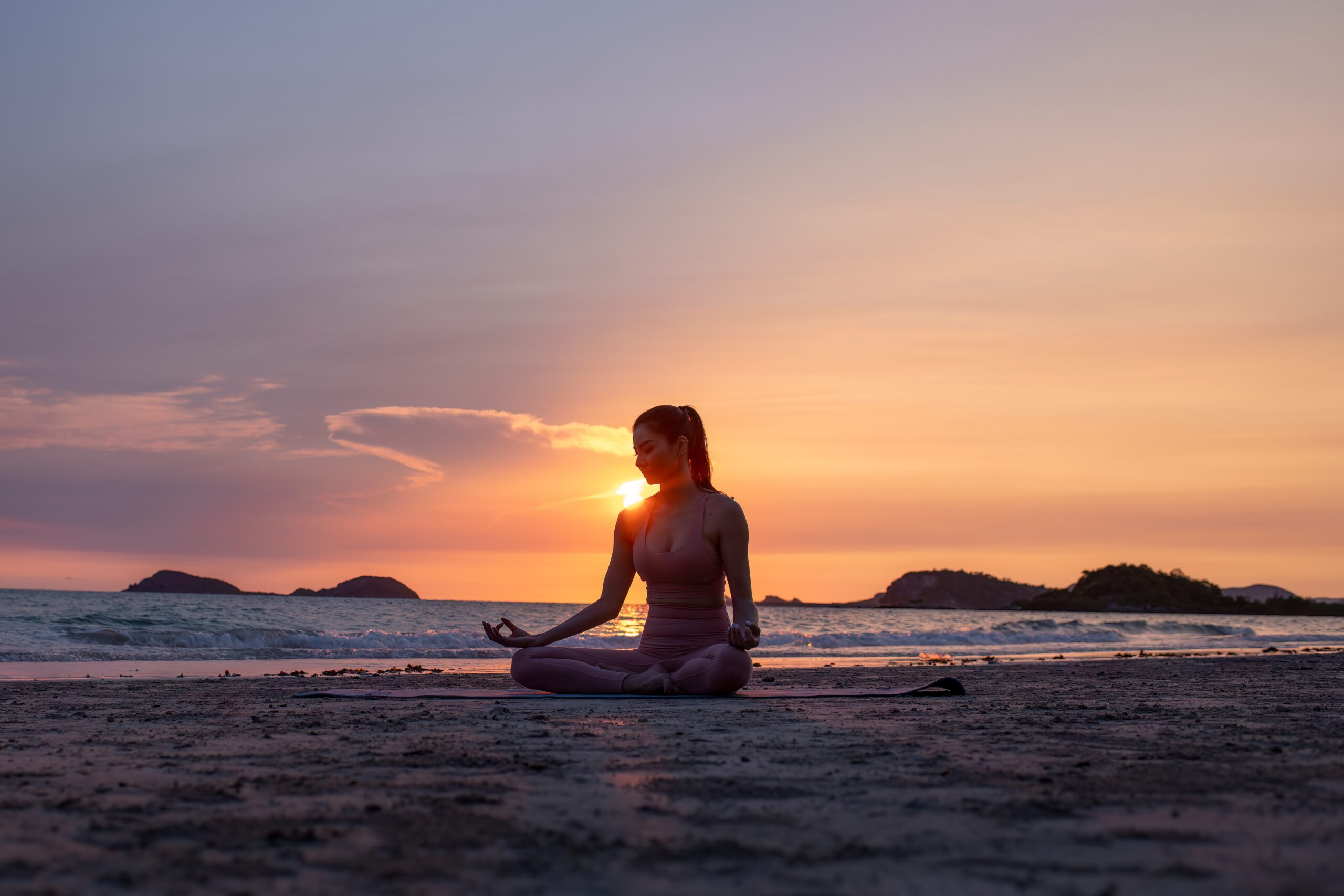





Whether you’re new to Mindfulness practices, or have been practicing for years, let Mind-Body Journal be your destination for ideas, information and the latest research on the effectiveness of mind-body therapies. Mind-Body Journal aims to reach people who may not have regular access to The Mindfulness Center, and to spread the knowledge and expertise of this center to people on a global basis. This blog features posts about mindfulness, wellness, lifestyle and health, providing information on living a healthier and more mindful life.
The Mindfulness CENTER
www.TheMindfulnessCenter.org
[email protected]